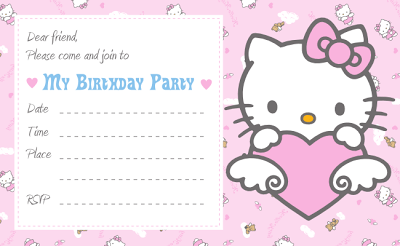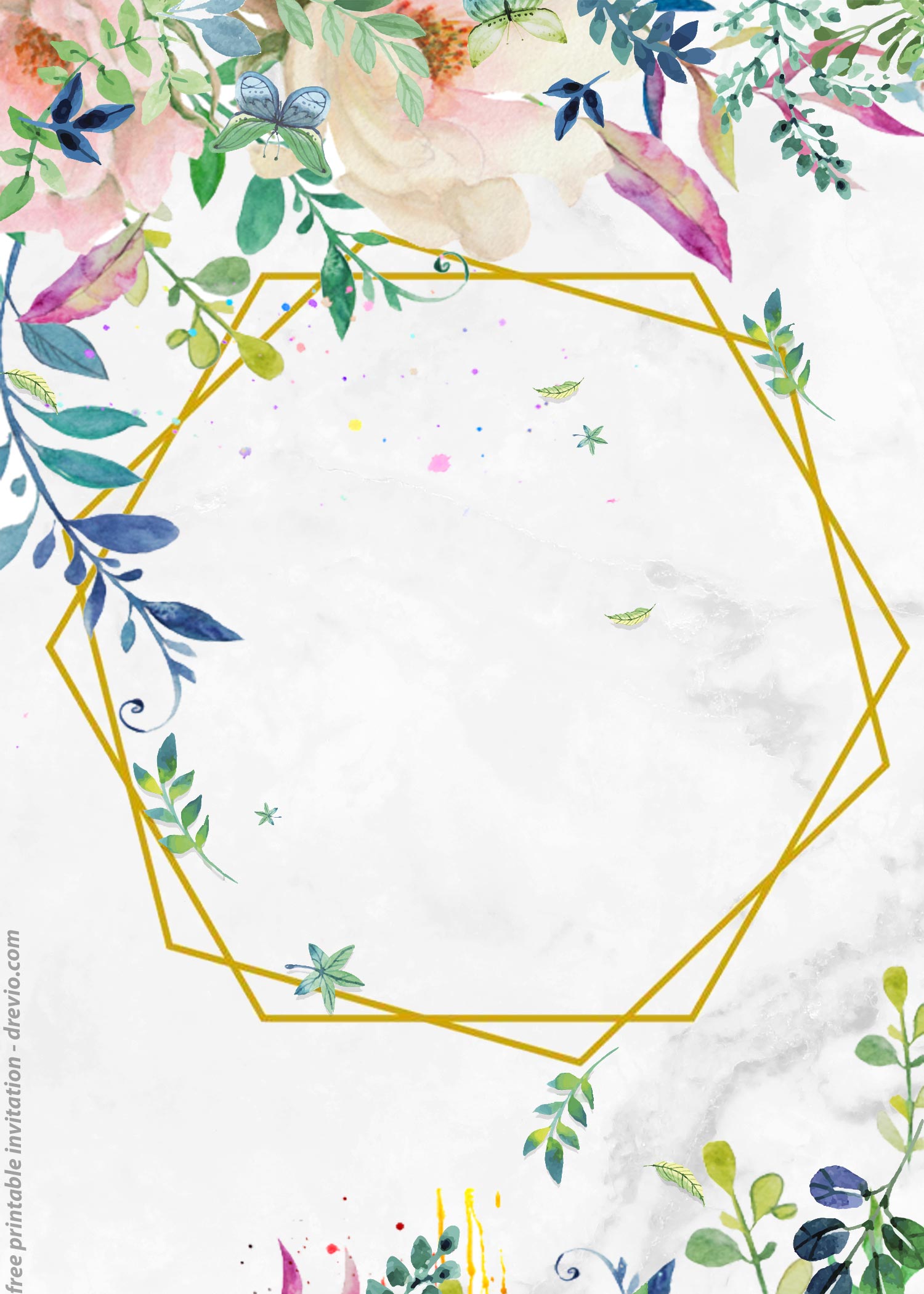Engaging children with nature is a delightful way to spark their curiosity and foster a love for the world around them. Classifying nature items activity worksheets are really great for young children who are always interested in items in the natural world—like leaves, rocks, and shells. Doing a classifying nature items activity worksheet is sure to make learning an adventure. These hands-on exercises are not only fun but also immensely educational, helping kids develop critical thinking, observation, and organizational skills.
In this article, we will go through the amazing benefits of doing this activity with your children, we will also point you to amazing websites for printable resources. Classifying nature items activity is not only great as an individual activity. In a group setting, encouraging children to sort, compare, and group nature’s treasures, are going to provide them with the foundation for understanding scientific concepts while nurturing their creativity and connection to people and the environment. So if you are planning to have an group activity party or playdate, we have some tips and free invitation templates for you at the end. Let’s explore!

Benefits of Classifying Nature Items Activity
Getting Started
Here are a few things that you will need to prepare before starting a classifying nature items activity with your little ones.
1. A Collection of Nature Items
Gather a variety of natural objects such as leaves, rocks, shells, flowers, twigs, seeds, or feathers. Aim for diversity in size, shape, color, and texture to give children plenty of options to observe and classify. Encourage kids to collect these items themselves during a nature walk for an added layer of engagement.
2. Sorting Tools
Provide simple tools like trays, baskets, or labeled containers to help children group their items. These tools make it easier for kids to organize their findings and keep their work area tidy. For younger children, using color-coded or themed sorting mats can make the activity more visually appealing.
3. Printable or Pre-Made Worksheets
Create or download worksheets tailored to the activity. These could include charts, tables, or prompts asking children to sort items by characteristics such as color, size, or type. Visual aids, like pictures of example categories, can also help guide younger children. Here are a few examples of great classifying nature items activity worksheets and where to get them.
First of all, there are so many ways in which you can classify things that you and your child in nature. For toddlers, the easiest classification activity that they can do would be classifying nature items according to their sizes. This worksheet from helps them to decide which items are considered big or small. Other ways you can do simple classification and categorization that you can do with them would be classifying according to color, shape or texture.

Another simple classification activity that you can do with preschoolers or kindergarteners is classifying nature items into living or non-living. As you gather nature items with your little ones, explain to them about the why some things are considered living and some are non-living. As you get started, you can guide your little ones with this amazing worksheet from Have Fun Teaching. It has a variety of things for them to analyze and classify. Another one is from 15 Worksheets, this worksheet gets them to classify and also encourages them to go beyond what they see and list more things in each category.


If you are working with children aged 6 or 7, they are ready to go into deeper depths in this topic and you may want to get them into doing this worksheets from Mega Workbook and Clever Learner. It requires them to analyze the reasons why some things can be classified as living or non-living. Doing a classifying nature items activity worksheet like this will also help them to understand the concept better in their science class.


For even further classifications, you can introduce your children to this worksheet by Live Worksheets. Head to their website to complete this worksheet online. It is more complex and challenging but at the same time will keep your older children, those going into middle school or secondary school, engaged and interested as classifications become more scientific. This worksheet encourages them to learn more about classifications of so many things in nature, it helps them to practice their logical deduction and reasoning, as well as analyzation and observational skills. This is also such a great way for them to better grasp this concept in Science or Biology class.

If you want to try other classifying activities that are perfect for children of all ages, and if you have children who are interested in animals, head to 7 Classifying Animals Worksheets: Fun & Educational Activity for Children for more worksheets and activities ideas.
A Fun Group Activity
Classifying nature items is a fantastic group activity! Doing it with others adds a social element, making it more engaging and fun for the children and their parents. Here’s how to make it an enjoyable group event and invite other parents:
Why It’s Fun as a Group
- Collaborative Learning: Children can share their findings, compare objects, and discuss their observations, which helps them learn from one another.
- Diverse Collections: Each child may bring unique items, expanding the range of objects for everyone to explore and classify.
- Friendly Competition: Add an element of fun by hosting small challenges, like “Who can find the most colorful item?” or “Who has the smoothest rock?”
- Social Interaction: Kids can bond while working together, and parents can enjoy connecting over their shared interest in their children’s education.
How to Invite Other Parents
- Create a Friendly Invitation: Design a simple digital or printed invite with details about the activity. Use cheerful language to highlight how it’s educational and fun for both kids and adults.
- Use Local Parent Groups: Share the event in local parent groups or communities, such as Facebook groups, WhatsApp chats, or school newsletters.
- Include a Theme or Special Hook: Make the activity even more appealing by adding a theme, such as “Nature Detectives Day” or “Outdoor Science Adventure.” Mention any perks, like snacks or a small nature treasure hunt, to make it sound exciting.
If you need some help on getting the designs for your invitation, you should really check out our collection invitation templates. Whether to send as a personal invitation or as a social media post, we have a variety of fun and adorable designs that will tie really well to the nature theme. Head to 7+ Safari Animals For Boys Birthday Invitation Templates for many different leafy and animal designs or to FREE Printable Vintage Flower Framed Watercolor Invitations Templates – Marble Style if you are more interested in watercolor leaves and flowers designs. All you have to do is download the templates and edit in the details to your group event!

Final Thoughts
Engaging children in classifying nature items is more than just an activity—it’s an opportunity to inspire curiosity, foster a love for learning, and build essential skills that will benefit them for years to come. Whether done individually or as a group, this hands-on experience combines fun, education, and creativity in a way that captivates young minds. So gather your supplies, step outside, and watch as children uncover the wonders of the natural world one item at a time. With each discovery, they’re not just exploring nature—they’re also growing into thoughtful, curious, and capable individuals.































